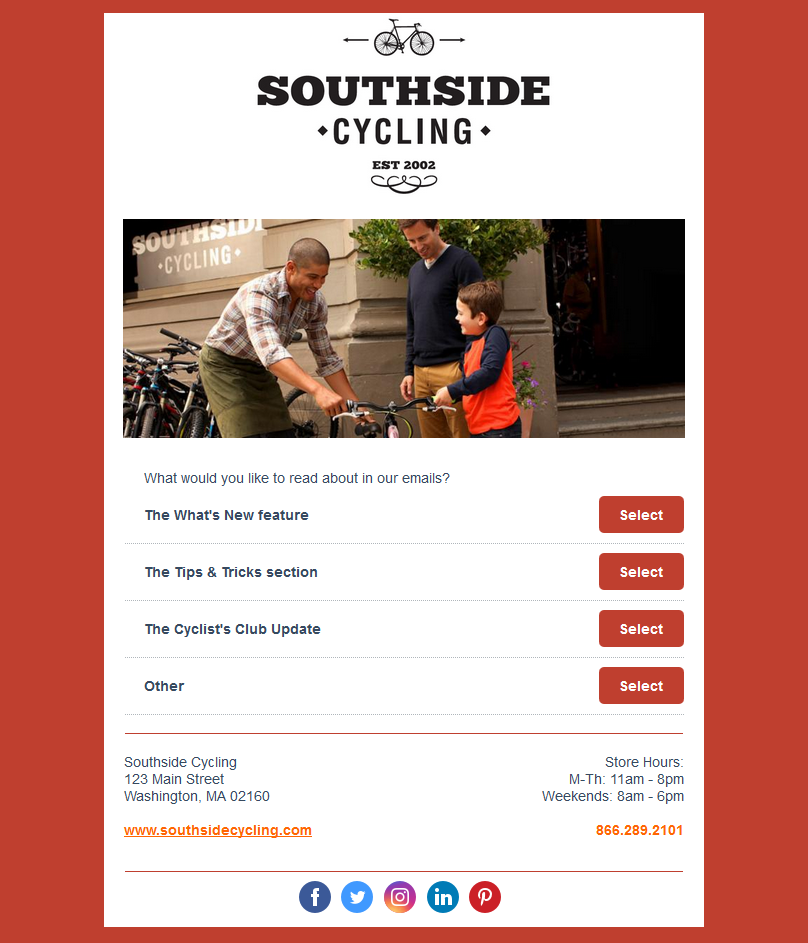How to Write Good Survey Questions

You’ve decided to use a survey or poll to learn more about your audience.
Now all you need to do is to write your survey questions.
Sounds easy enough, doesn’t it?
But beware. There are some common mistakes that are easy to make even on the simplest of questions.Use the following list as your guide to help avoid these possible pitfalls.
1. Write questions that are simple and to the point.
Make your questions easy to understand by using simple language. The goal is to write a question that your reader will easily understand without having to reread it.Using everyday language is the best way to accomplish this. A good exercise to practice is to write questions that you could see yourself asking friends or colleagues.
2. Use words with clear meanings.
Avoid phrases that are left to the reader’s interpretation. Words like most, numerous, many, and several mean different things to different people. You want to use words that are more commonly understood, such as almost all, a majority of, almost none, and a few.3. Limit the number of ranking options.
When you ask your respondents to rank items in order of preference or importance, try not to surpass six items. Asking them to rank a long list can result in an abandoned survey.If you need to get feedback on all the items on your list (and you have more than six,) consider making two questions out of the original one.
4. In a multiple choice question, cover all options without overlapping.
When you ask a multiple choice question that can only have one answer, give the respondent a list that covers all the options without overlapping. For example, if you asked the respondent to tell you his or her age, your choices should not be “18-25, 25-35, 35-45, over 45.”In this case, the 25- and 35-year-olds would have two choices when they should have only one. This will skew your results.
5. Avoid double-barreled questions.
Asking double-barreled questions is a common mistake because it’s easy to do without realizing. Here’s an example of one: “How far would you be willing to drive for dinner and a movie?” This type of question is problematic because it asks the respondent to give one answer for two different questions.In the case of the example, someone might be willing to drive further to go to dinner than they would for a movie (or vice versa). By asking two different questions, you will get a much more accurate answer.
6. Offer an “out” for questions that don’t apply.
Some respondents can’t or won’t answer certain questions because they don’t have the experience or aren’t really sure how they want to respond. For these situations, you should offer an option for them to select “Does Not Apply” or “Don’t Know.”If you are certain that a respondent is able to answer the question, for example, if you ask someone who just purchased from your website, “How would you rate our website?” you don’t need to offer an “out.”
7. Avoid offering too few or too many options.
While it is difficult to put an exact number on how many items you can have in a list because it varies with each question, a good guide is to offer a complete list of the most likely choices and then provide an “other” option to collect data from the rest of the responses.For example, if you own a pet store and want to know what animals your customers own, you’ll want to include the top 8-10 most likely pets and not a list all 118 species sold in your store.
8. Make recall easy.
Avoid taxing your respondents by asking them to recall events in the distant past, especially if they are mundane, everyday events. While you may get a solid answer if you ask how many times someone has flown to Europe in the last year, it will be much less accurate if you ask how many ads for trips to Europe they have seen in the last year. Keep this formula in mind: more common events = shorter window of recall.Once you’ve completed the questions for your survey, match them against this list and see how you did. Many times, small edits can make a world of difference. If a question is in need of a rewrite, it’s worth making the extra effort to get it right. Your time and the time of your customer is on the line so it makes sense to do all you can to ask questions that provide accurate, insightful responses.
Ready to write your survey questions?
Once you know the survey questions you want to ask, think about the best time to ask your audience.If you’re asking for feedback on a recent event, for example, you’ll want to follow up quickly while the event is still fresh in peoples’ minds.
If your survey is not time sensitive, consider sending quick one-question polls out on a regular basis.
Here’s an example of how you could survey your audience to see what information people are most interested in receiving:

Comments
Post a Comment